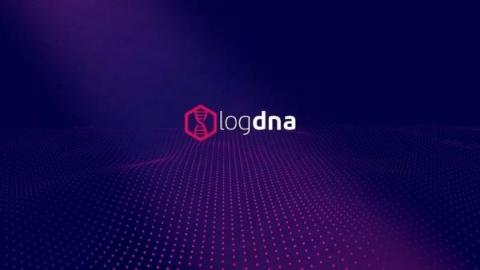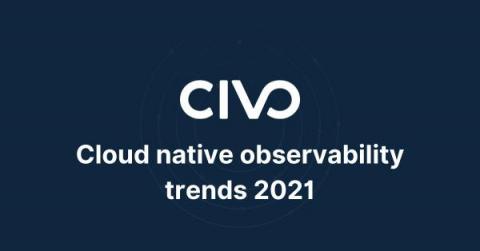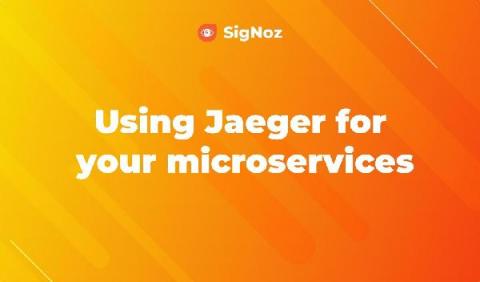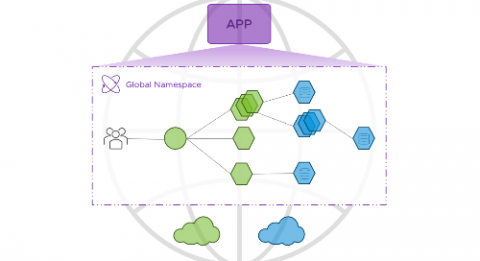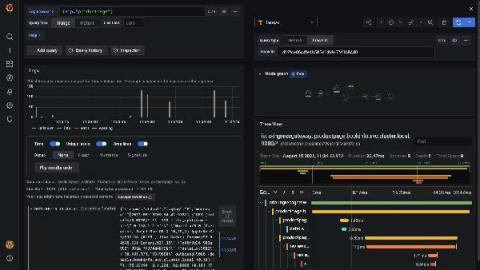Log Looms and Microservices Logging
IT professionals love their metaphors. From “pets vs. cattle” to “post mortems” to “fog computing” and beyond, practitioners tend to use analogies to shape the way they think about complex technical topics. Here’s another analogy: Log looms.


